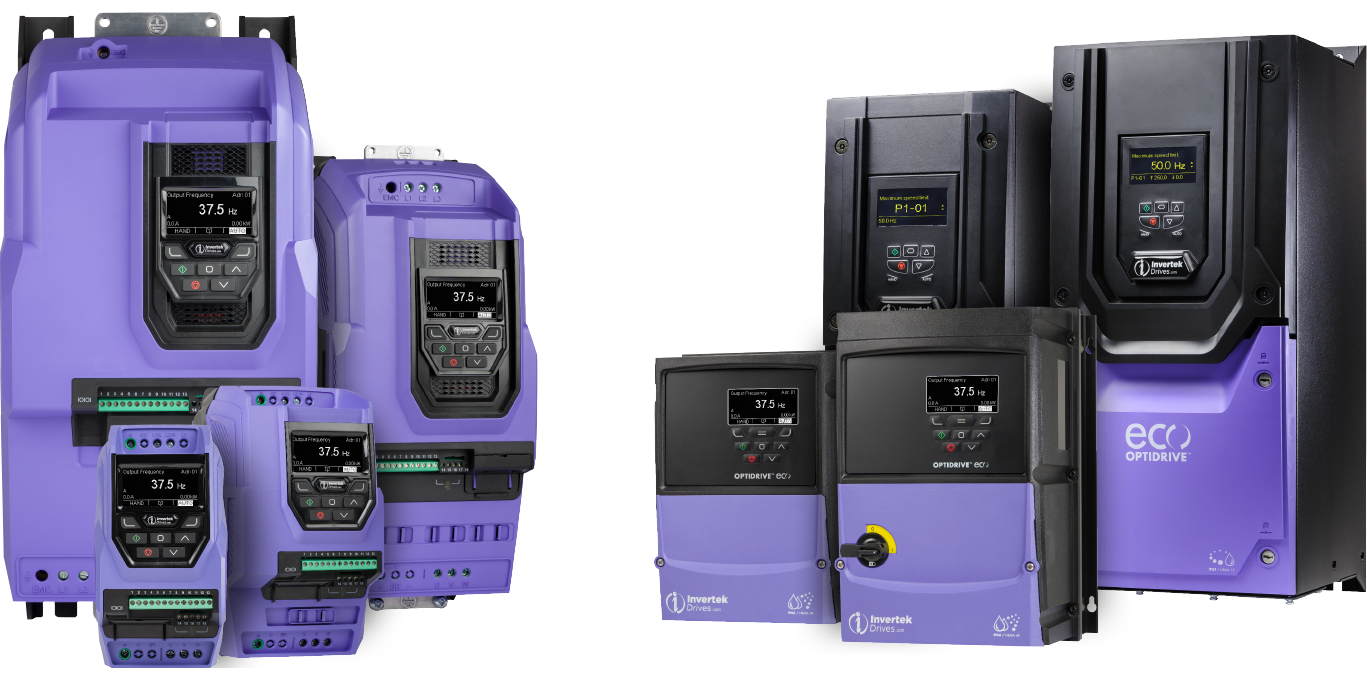Case Study
When should you replace one VFD for another? When the first one doesn’t save you money

Problem
High energy consumption was being created by two 75kW industrial extraction fans at a kitchen and joinery facility. The owners wanted to reduce costly bills and overheads and sought help from a local ventilation company
Solution
The ability to control the speed of the extraction fans would mean they wouldn't have to run at a constant high speed. Two Optidrive Eco HVAC VFDs were installed and the company saw an instant reduction in energy consumption and costs.
ALTERNATIVE AIR
A variable frequency drive (VFD) installation by Invertek Australasia proves that not all drives are the same.
The company was approached by Sid Zaidan, from air conditioning company Alternative Air, with an issue that one of his customers was having.
Two 75kw extraction fans installed in a kitchen and joinery facility were the largest consumers of energy in the factory, despite being controlled by variable frequency drives from another manufacturer.
Sid was looking for a solution to reduce the energy consumption, so Invertek suggested replacing the existing drives with the Optidrive Eco VFD using the unique Eco Vector motor control designed to provide maximum motor control efficiency.
This advanced function intelligently matches energy usage to the fan or pump load in real time to ensure the system operates at maximum efficiency, whilst an inbuilt energy consumption meter allows usage to be clearly displayed and savings to be calculated.
James Booth, Invertek Australasia’s Sales Manager, said: “Sid was under the impression that ‘drives are drives’ and as these fans already used drive technology there wouldn’t be much he could do.
“However, after much discussion and number crunching, Sid’s customer agreed to trial one Optidrive to compare it with the existing drive. The results were instant - Alternative Air’s customer ordered the second drive just minutes after the first was installed and proven.”
The fans extract the same volumes as before, but now they are controlled by the more efficient AC drives from Invertek, the energy savings have been quite dramatic.
James added: “The current using the existing drive was 95A per phase input with 112A per phase output. With the Optidrive the results were still 112A output, but only required 64.6A on the input side, thus resulting in a 30.4A decrease - a reduction of 32%.”
Sid said: “Our customer is extremely impressed with the quality and performance of the Optidrives and, of course, with the energy and cost savings.
“The fact that the screen clearly displays the energy savings is really valuable for our customers.”
Find out how much energy a variable speed drive from Invertek could save in your specific application by using our Energy Savings Calculator.














